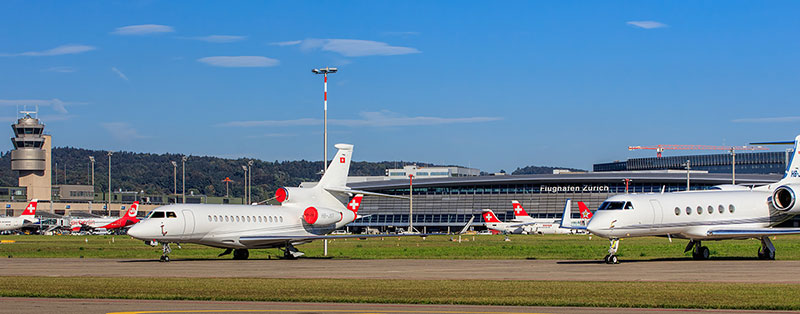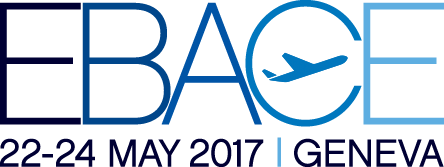Amid Lingering Aircraft Oversupply, Analysts See Future Growth in Europe

23 May 2017
After a decade of false recoveries, business aviation has posted steady growth across Europe for the six months to April 2017. But do two positive quarters portend a full recovery, or just another blip?
“If you look at the trend lines for the business aircraft fleet and GDP, [historical proxies for supply and demand], we probably had overbuilding from about 2005 to 2008, but after 2008, we probably under-built aircraft,” said Richard Aboulafia, vice president of analysis at Teal Group.
If that’s true, market demand is still catching up to oversupply, reasoned Aboulafia in a State of the Industry panel at the 2017 European Business Aviation Convention & Exhibition (EBACE2017). “I’m not quite ready to declare green shoots are taking hold,” he said. “We will return to growth, but we might not return to the 2007 market peak until 2021.”
Too Many Platforms?
Analysts at the panel admitted forecasting was as difficult as ever. The stock market is often a leading indicator for aircraft deliveries, and global markets are up in the last six months. However, investors have shown signs of skittishness.
“If you look at the fleet data, and read between the lines, about 13 percent of business aircraft are for sale,” said Rolland Vincent, creator and director of JETNET iQ. “So, we definitely have oversupply.”
The oversupply of pre-owned aircraft is exacerbated, the panelists agreed, by OEMs rolling out new platforms and cutting prices to keep factories open.
“OEMs are spending heavily on new models. That’s a reason to be concerned,” said Aboulafia. “We’re seeing some aircraft platforms end. We better have the growth we’re forecasting, otherwise we’re going to see some pain.”
Digitization. Commodification?
Against those concerns, based on fleet and delivery data, Richard Koe, managing director of WINGX Advance, pointed to aircraft utilization data for signs of optimism.
“If you look at utilization for on-demand charter, we’re seeing annual growth of 10 percent,” said Koe. “Our inventory is being digitized, charter is being digitized. Don’t underestimate the effect of digitization on demand. As our product becomes more transparent to people booking travel, it could grow the market by three times.”
Oliver King, acting CEO of Avinode Group, agreed that “charter is definitely on its way to becoming a digital product. ‘Do people want to book aircraft online?’ That discussion is over. The answer is yes. Now the question is: Can an operator make money that way?”
At the lower end of the market, with turboprops and light jets, the panelists agreed operators could grow a successful business model based on digital booking.
“What we’re basically talking about is commodification,” said Aboulafia. “OEMs developing new platforms and new products is driven by a largely owner-operator market. If the market is commodifying and expanding, it may mean demand for simpler products.”

